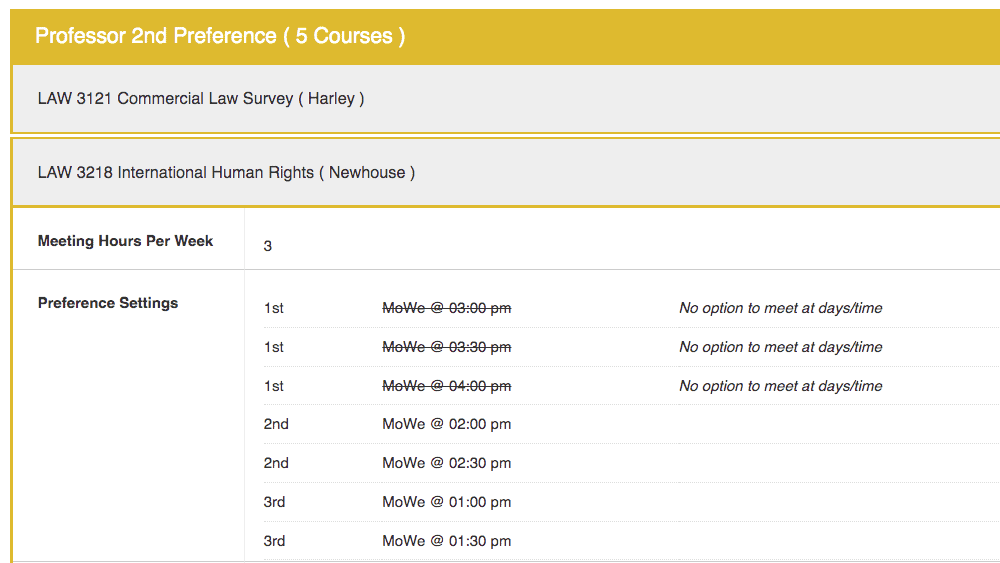As anyone who has ever made anything knows, it is not the typical, expected, cooperative parts of something that makes it hard to produce. It is the unusual, the unorthodox, the difficult, or put collectively, the exceptions of something that prove most burdensome. And this is not just applicable when it comes to schedule making; it is super-applicable to scheduling.
Pareto's 80/20 rule is in full play here. It doesn't take too many 'exception' needs or scenarios to mar the playing field. And, there are very few schedules that get made that don't have an exception or seventeen in the mix. Over the years we have built some tools to deal with these scenarios, but something we discovered is that it is one thing to account for an exception, it is another to explain it. And, as we often preach, OUR job here is to make YOUR job more tenable.
A broad focus of this is a set-it-and-forget-it approach to dealing with all things. When you are manually constructing a schedule, there is an inordinate number of 'things' you have to not only remember to do BUT also to remember what you did AND why you did it. Additionally, you've got the added burden of communicating what you did to a large and diverse audience of folks. Addressing this need can be done in a number of ways but when all else fails nothing can augment communication like a tried and true technique that has been in play in academia for centuries--the footnote.
We're happy to announce that footnotes can now be attached to classes in the ofCourse system. In one regard this seems like an obvious need, but in another, it is a simple sign of the evolution of this system. When we first developed the publicly accessible views to the schedules, these presentations were solely intended for review purposes among senior leadership, faculty, curriculum committees and the like. But what started happening is because our public views were so nice--nicer than some schools prior methods for communicating their schedules at least--some of these schools began using our public treatments to share their schedules with their student body. Once this trend started, the argument for footnotes became more than something that would have been nice to have. Namely, because without them, the admins would get hit up for questions along the lines of:
Q: Why is this class meeting time so long?
A: Because it only meets for the first half of the semester.
Q: Why are the meeting times for this class different?
A: Because Tuesday is a one-hour lecture and Thursday is a two-hour practicum.
Q: Does this course meet the intensive writing requirement?
A: Yes, it does.
These sorts of non-traditional situations and others like them can get lost in the wash of a mechanized solution. Footnotes allow an admin to caveat their course schedule with helpful and sometimes critical details about the unusual facets of the schedule, details that will make the publicly presented schedule entirely self-explanatory thus reducing, if not wholly eliminating, the number of emails flooding their inbox.
Further, these footnotes can help an admin remember next semester or next year why they did what they did, thus serving as an institutional record of the litany of decisions and exceptions that get made in building a schedule.
Also, saving the schedule admin time, and allowing the admin to appear infinitely competent and organized is one of the core objectives of our system and service. We want people wondering how you keep all of that information straight and seem to do so near effortlessly. This is what partnering with the ofCourse platform brings your office. Calm and collected competence, or rather, more calm and collected competence.
As always, see you on the scheduling pitch.
Troy.
December 14, 2016

